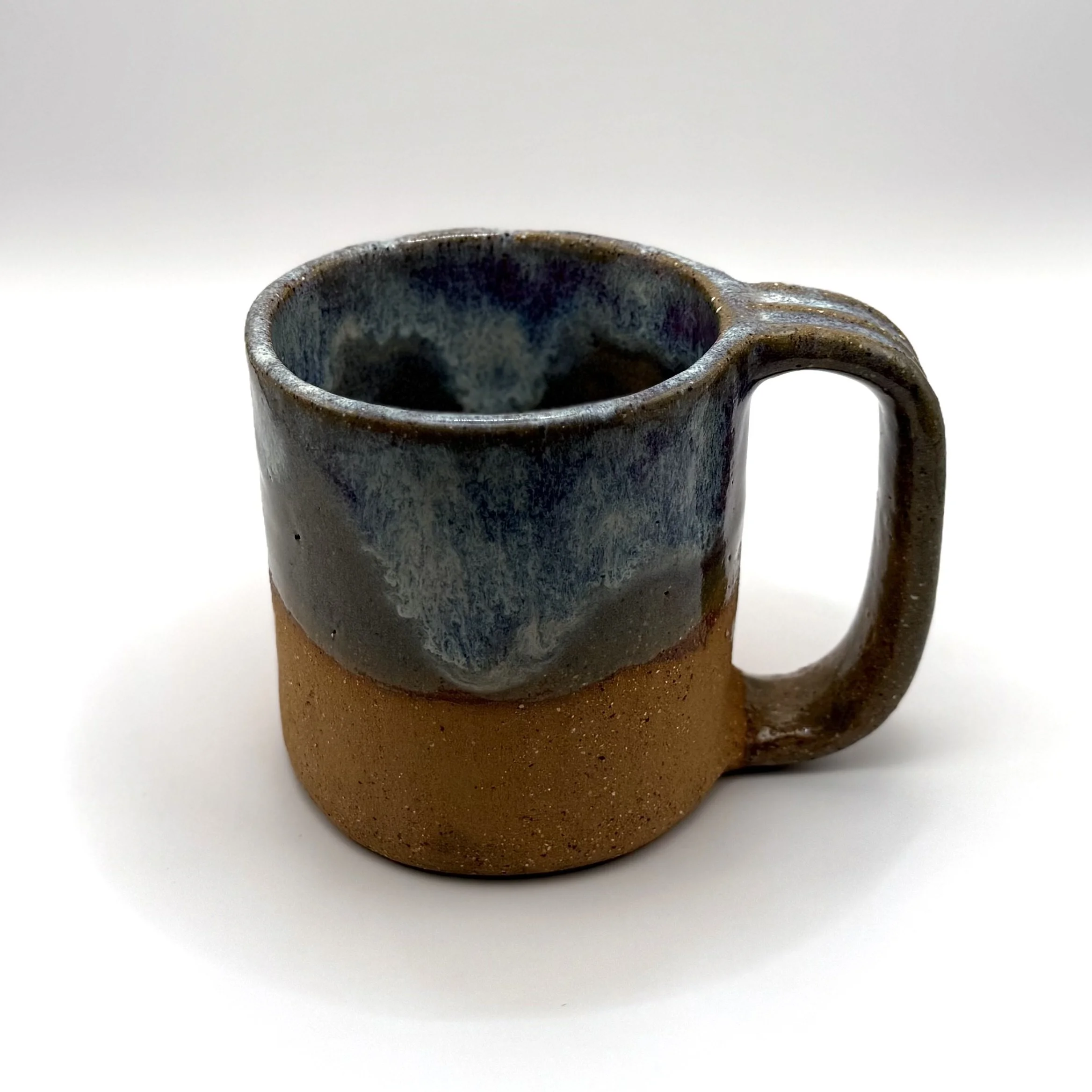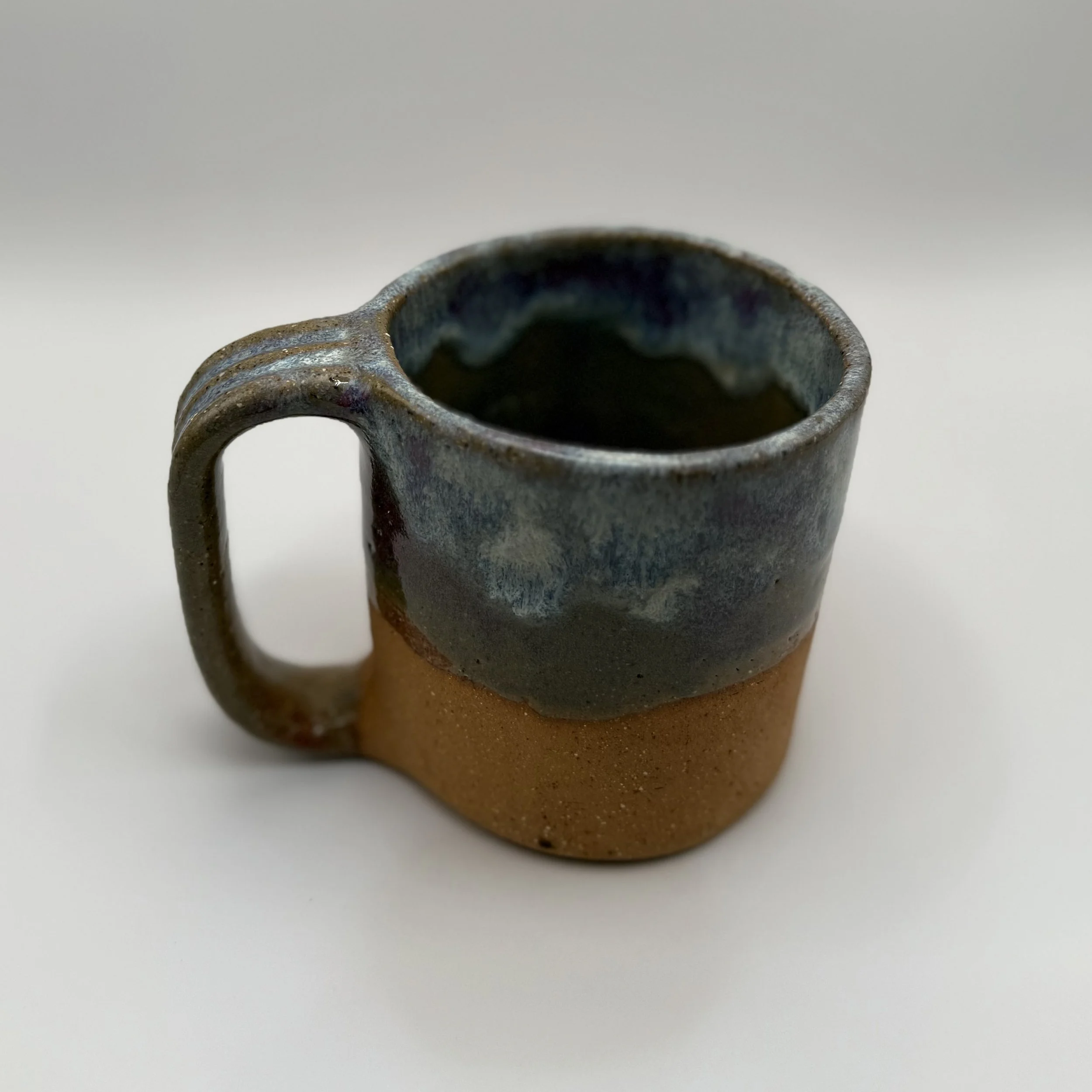 Image 1 of 4
Image 1 of 4

 Image 2 of 4
Image 2 of 4

 Image 3 of 4
Image 3 of 4

 Image 4 of 4
Image 4 of 4





Blue Pink
Blue Pink
960 × 123 × 84 mm, 330ml
Each piece is formed by hand, so no two are ever truly the same. Subtle variations in surface, tone, and form are to be expected—and embraced—as part of their making. What you receive will closely resemble the one pictured, but will bear its own quiet fingerprint of difference.
These vessels are fired to 1250°C in an electric kiln using food-safe glazes on a robust clay body. They are safe to use for food and drink, and while they can go through a dishwasher, I always recommend handwashing—out of both care and respect for the life of the object. Like all handmade things, they ask to be handled with mindfulness.
Though strong and fully vitrified, the rims and edges can be vulnerable to knocks, especially where the form is fine. Please treat them as you would something beloved. I tend not to use my own pots in microwaves—less out of necessity than habit, or perhaps reverence.
You may notice over time that certain glazes, especially those with a crackle or crazed surface, begin to absorb the trace of what they hold—tea, coffee, wine—like memories held in skin. This isn’t a flaw, but a kind of intimacy. These glazes are stable and non-toxic, and such markings are common in wood-fired, salt-glazed, and soda-fired traditions too.
If you’re curious to learn more about the materials or processes, I’d be glad to share.
Blue Pink
960 × 123 × 84 mm, 330ml
Each piece is formed by hand, so no two are ever truly the same. Subtle variations in surface, tone, and form are to be expected—and embraced—as part of their making. What you receive will closely resemble the one pictured, but will bear its own quiet fingerprint of difference.
These vessels are fired to 1250°C in an electric kiln using food-safe glazes on a robust clay body. They are safe to use for food and drink, and while they can go through a dishwasher, I always recommend handwashing—out of both care and respect for the life of the object. Like all handmade things, they ask to be handled with mindfulness.
Though strong and fully vitrified, the rims and edges can be vulnerable to knocks, especially where the form is fine. Please treat them as you would something beloved. I tend not to use my own pots in microwaves—less out of necessity than habit, or perhaps reverence.
You may notice over time that certain glazes, especially those with a crackle or crazed surface, begin to absorb the trace of what they hold—tea, coffee, wine—like memories held in skin. This isn’t a flaw, but a kind of intimacy. These glazes are stable and non-toxic, and such markings are common in wood-fired, salt-glazed, and soda-fired traditions too.
If you’re curious to learn more about the materials or processes, I’d be glad to share.
